Petar Meseldžija was born in Novi Sad, Serbia, in 1965. He began his career in 1981, publishing the comic strip "Krampi" in the Stripoteka, one of the best known comic magazines in the country. This was followed by a series of short comics and his work on the licensed comic book Tarzan. He graduated from the Academy of Arts in Novi Sad, in the Painting Department. During his studies he continued to work on comics, but also more often working on illustrations. In 1991 he illustrated his first book Peter Enkorak, published by Mladinska knjiga from Slovenia.
At the end of 1991 he moved to the Netherlands. Soon after, he stopped working on comics and dedicated himself to illustration and painting.
During the 1990s he painted about 120 posters and greeting cards, mostly for Verkerke Reproduktie from Holland. For Grimm Press, a publisher from Taiwan, he did 33 illustrations for the book King Arthur and the Knights of the Round Table. He held his first solo exhibition of illustrations and paintings in 1998 in the Tjalf Sparnaay Gallery in Amsterdam.
He has participated in many group exhibitions in Yugoslavia, the Netherlands and the USA.
His work has been published in a variety of periodicals and books all over the world.
Among many awards which he received for his work are:
“Plaque The International Golden pen of Belgrade, 1994”, Yugoslavia;
The “Art Show Judges Choice Award” – 59th World Science Fiction Convention, Philadelphia, 2001, US.;
Two Silver Awards from “Spectrum 4 and Spectrum 10 – The Best in Contemporary Fantastic Art”, U.S.;
Gold Award “Spectrum 16 – The Best in Contemporary Fantastic Art”, U.S.
From the beginning of 2000 he has dedicated himself to gallery art. Of the exhibitions where he has participated, the most worthy of mention is the Exhibition of Independent Realists. This exhibition, organized annually at the Mohlmann Museum from the Netherlands, offers clear insight into the creative achievements of contemporary Dutch artists in the domain of realist and figurative art. In addition to painting, he continues to do illustrations.
Two other significant projects should be mentioned. He painted 10 book covers for books of children's fantasy literature for the American publisher Scholastic Inc. Likewise, he illustrated the Serbian folk take “Prava se muka ne da sakriti”(“Real Trouble Cannot Be Hidden") for Bazar Tales, a publisher from Norway. In his work on the book, The Legend of Steel Bashaw, he has invested enormous time and effort. This project, for him of the greatest importance, was started in 1993. Including shorter and longer breaks, the longest of which lasted 7 years, he has been working on the book for 15 years, finally finishing it in August of 2008.
His original work is to be found in the private collections in Serbia, the Netherlands, Germany and the U.S.

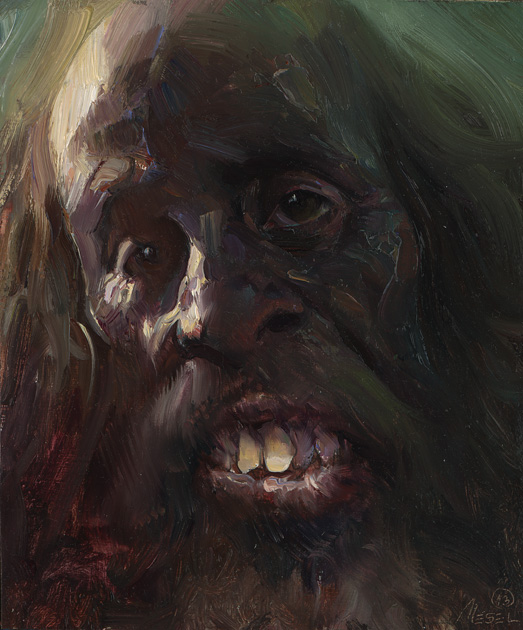



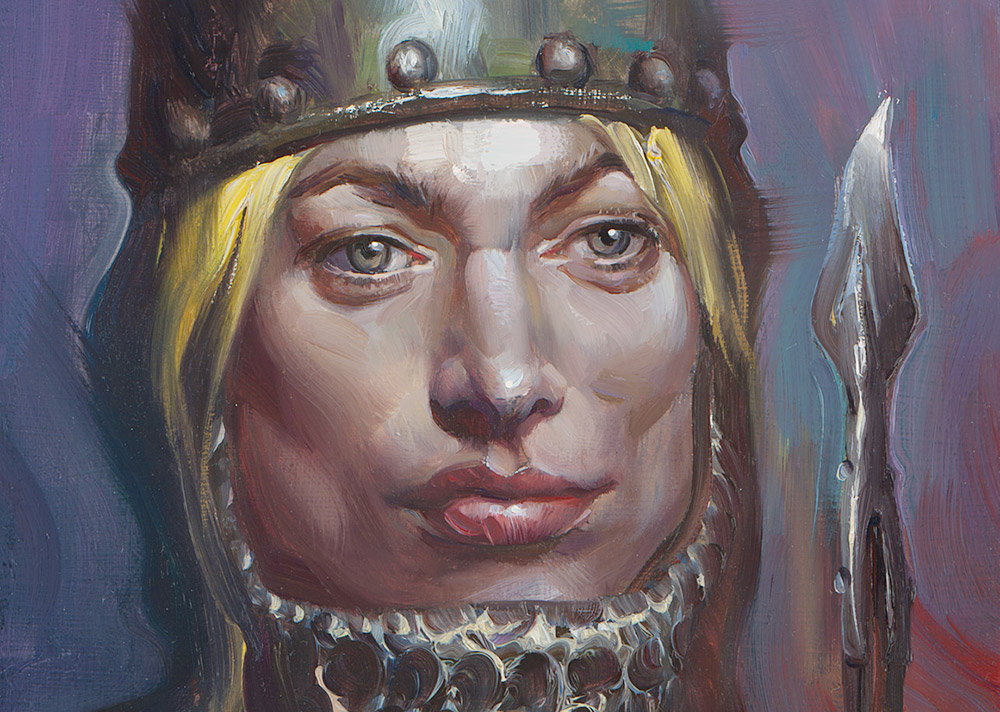
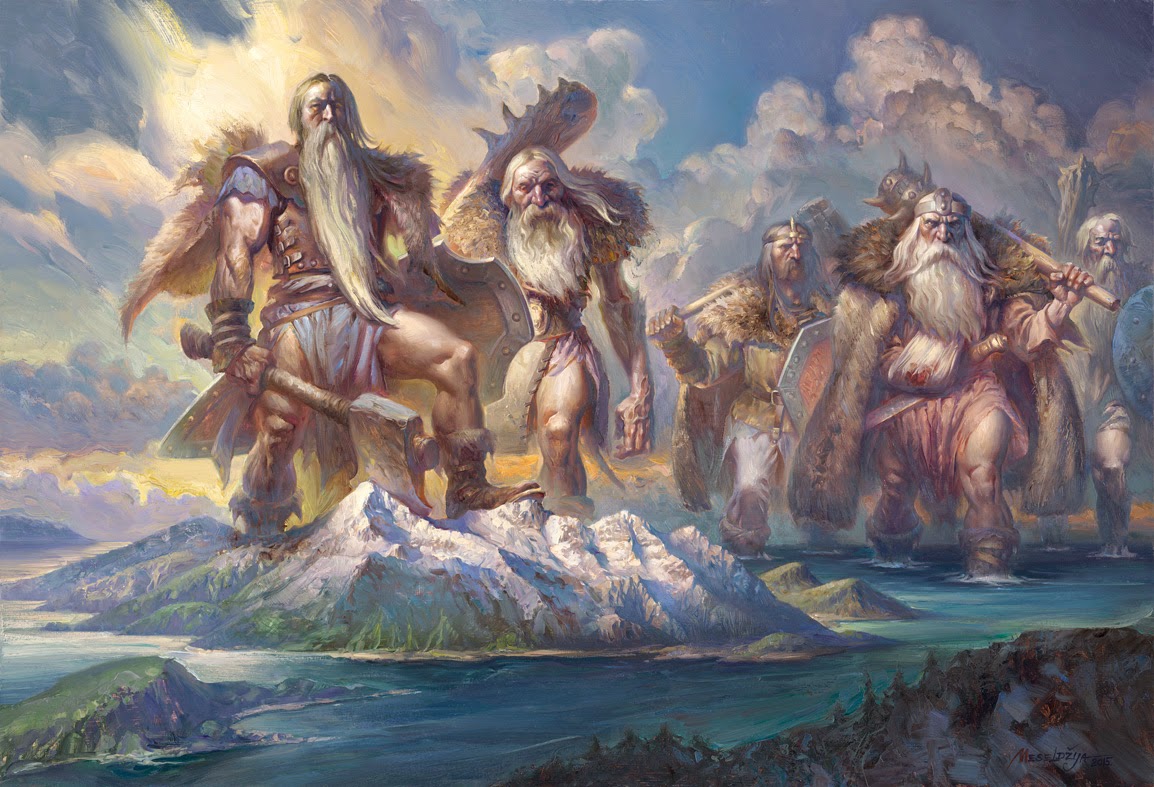
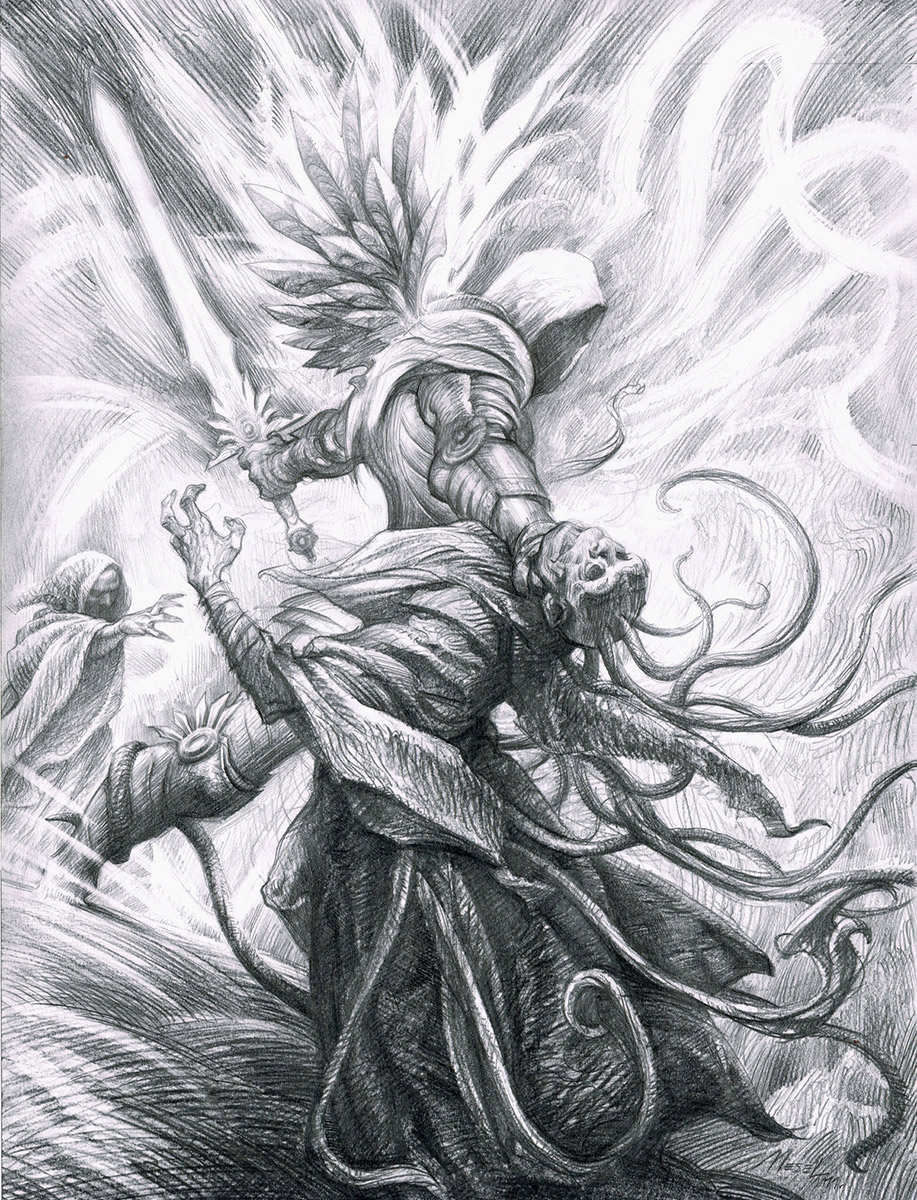
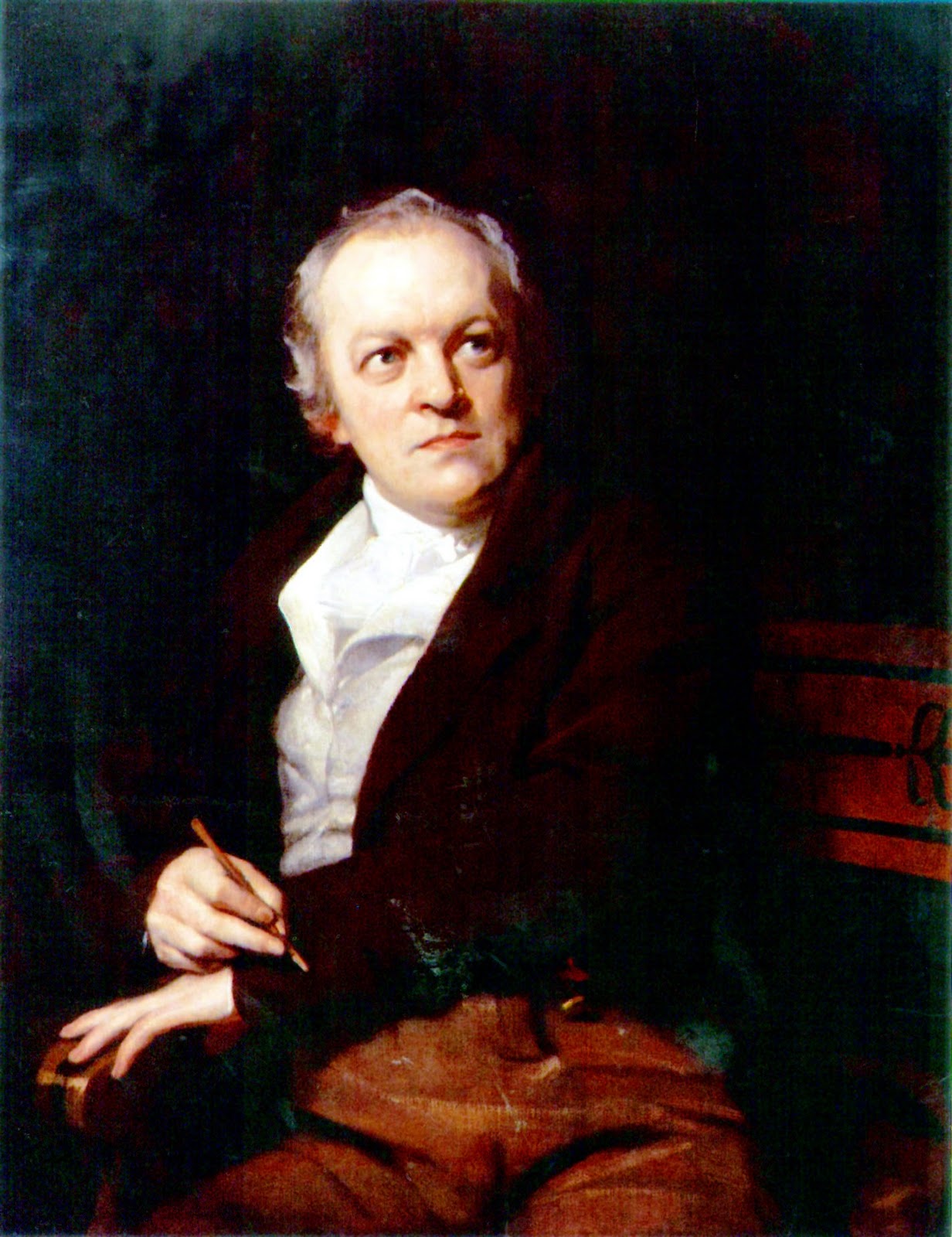
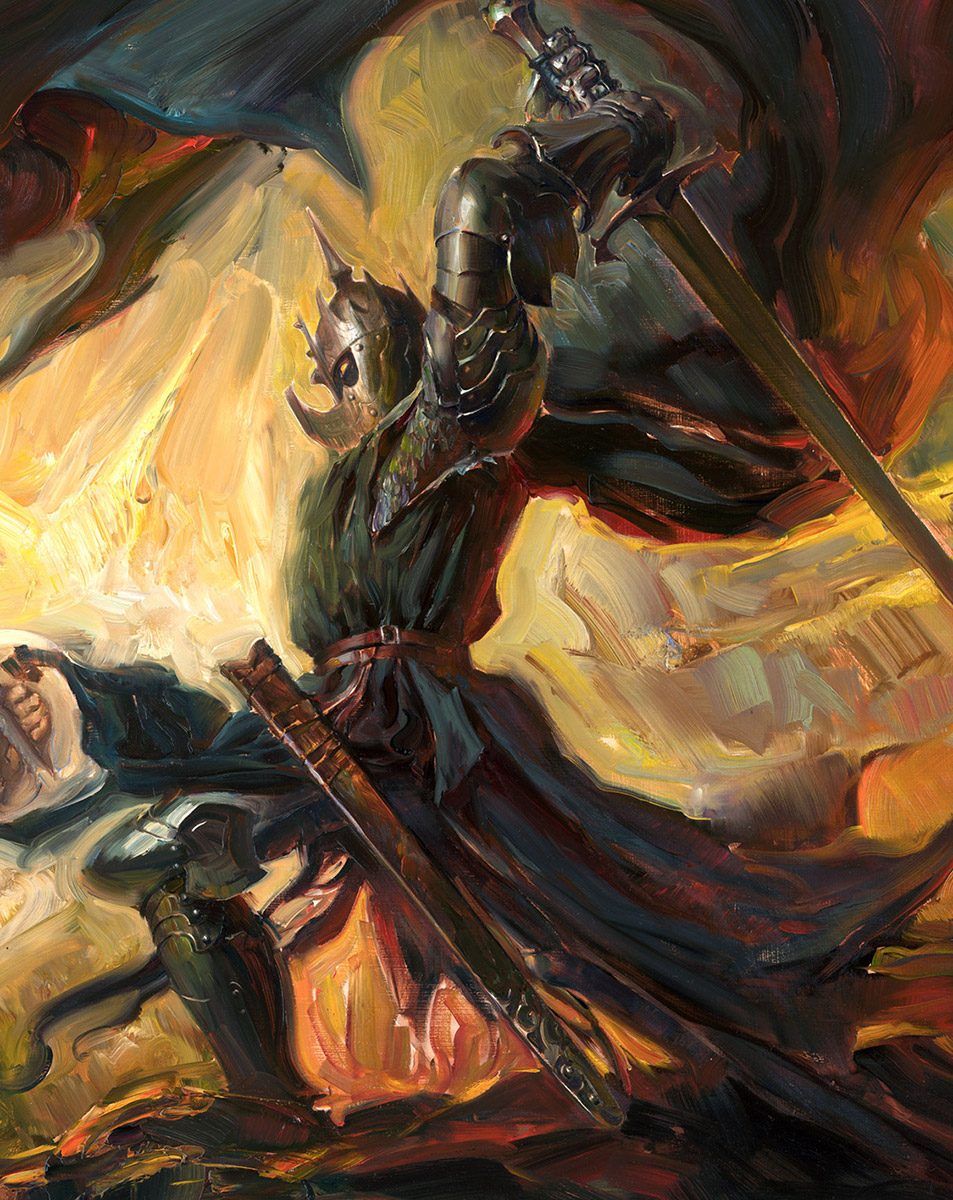
I love how you use the texture of the brushstrokes to really establish the planes of your figures. Great work!
I love some of the “imperfections” that you gave them, the uneven lips, multi colored eyes etc. Great Work!
I like them Petar….a lot! Keep them coming. You might not feel you have anything to “say”, but visually we hear you loud and clear.
These little imperfections are an important element of the “story”, as well as the title of the painting, which clarifies the context. Nothing big, nothing special, no explicit weirdness, not even a joke…just a little, subtle twist… This is a new territory for me. I have just started to experiment with that.
In fact, I do intend to keep them coming … And if you can “hear” me visually, both of us should be happy 🙂
Well… brushstrokes and describing the form…one of the old tricks 🙂 It took me years to learn it.
Large or small you are a master.
Yesterday, while replying to the second comment, I was thinking of you, especially in connection to the sentence “…This is a new territory for me…” In fact I almost wrote down “ But Bill Carman is really good in that…”
I will miss you at Illuxcon, Bill!
I love them Petar! It's wonderful to see how much you are able to tell about each character with these small portraits alone
I am glad you think so, Staffan! After all, one of my main objectives was not only to paint an interesting little picture, but to tell a story about each character through the use of just a few details.